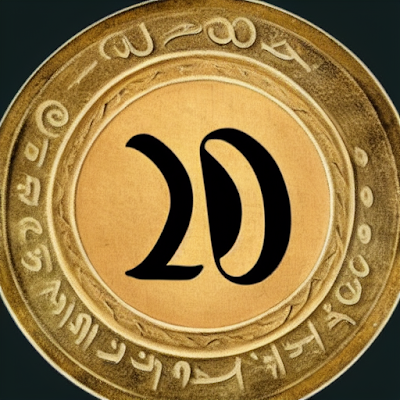The Evolution of Numeric Systems From Roman Numerals to Arabic Numbers
The Evolution of Numeric Systems From Roman Numerals to Arabic Numbers - The evolution of numeric systems has been a journey through time, with different civilizations contributing to the development of mathematical concepts and symbols that are still used today. From the earliest human civilizations to the present day, the way in which we represent numbers has changed dramatically, reflecting the needs and knowledge of the societies that have used them.
The earliest known numeric system was used by the ancient Sumerians in present-day Iraq around 3500 BC. They used a system of cuneiform symbols to represent numbers, which were inscribed on clay tablets. This system was based on the decimal system, which uses a base of 10, and was used for a variety of purposes, including counting, trade, and record-keeping.
Another early numeric system was the Egyptian system, which was developed around 3000 BC. This system was also based on the decimal system, and used hieroglyphic symbols to represent numbers. The Egyptians used this system for similar purposes to the Sumerians, and also for mathematical calculations.
The Roman numeral system, which was developed around 700 BC, was used throughout the Roman Empire and in Europe for many centuries. This system used a combination of letters from the Roman alphabet to represent numbers, with different letters having different values. For example, "I" represented "1", "V" represented "5", and "X" represented "10". This system was a non-positional system, which meant that the value of a symbol depended on its position in a number. For example, "IV" represented "4", but "VI" represented "6".
The Roman numeral system was a significant departure from the earlier decimal systems, as it was more complex and less efficient for arithmetic calculations. However, it had the advantage of being easy to write and read, and was widely used for a variety of purposes, including trade, record-keeping, and religious texts.
In the early centuries of the Common Era, the Roman numeral system was gradually replaced by the Hindu-Arabic numeral system, which was developed in India and later spread to the Arab world and Europe. This system used symbols for the first ten numbers (0 to 9), and place value to represent larger numbers. For example, the number "456" represents 4 hundreds, 5 tens, and 6 units. This system was much more efficient for arithmetic calculations and allowed for more complex mathematical operations, such as multiplication and division.
The Hindu-Arabic numeral system was introduced to Europe in the 10th century, through the work of Arab scholars and mathematicians. It was initially met with resistance from European scholars, who were used to the Roman numeral system and were skeptical of the new symbols. However, the advantages of the Hindu-Arabic numeral system gradually became apparent, and it was eventually adopted by European mathematicians and scholars.
Over the centuries, the Hindu-Arabic numeral system has undergone many changes and refinements, as mathematical knowledge and techniques have advanced. For example, the invention of zero, which is represented by the symbol "0", was a major innovation that allowed for the creation of more complex mathematical concepts, such as negative numbers and decimal fractions. The introduction of calculators and computers has further revolutionized the way in which we use numbers, allowing us to perform complex calculations with ease.
In conclusion, the evolution of numeric systems reflects the development of human knowledge and understanding of mathematics. From the earliest human civilizations to the present day, the way in which we represent numbers has changed dramatically, reflecting the needs and knowledge of the societies that have used them. The Roman numeral system was a significant departure from the earlier decimal systems, but the Hindu-Arabic numeral system has proved to be much more efficient and versatile.


Comments
Post a Comment